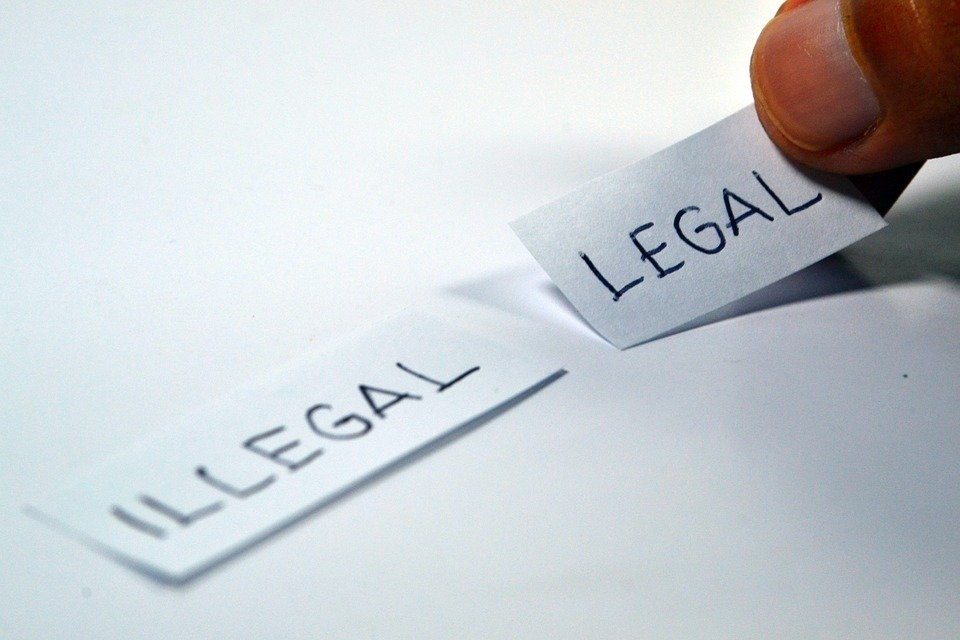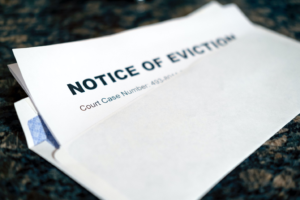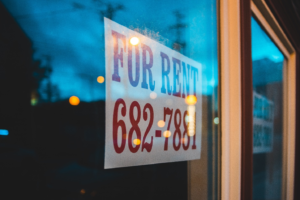Residential landlords should know that evicting a tenant unlawfully is a punishable criminal offence, as per the Protection from Eviction Act 1977. If the landlord wants to remain safe from a heft fine or potential prison sentence, they need to follow the standard method of removing their tenant, which involves applying to the Court for a possession order.
But what happens if a tenant disappears and you believe that they’ve surrendered or abandoned the property? Can a landlord proceed to take possession without a possession order from the court in such an instance? Read on to find out.
Tenant abandonment refers to the tenant leaving the property or voluntarily abandoning the legal possession before the tenancy ends without notifying the landlord. Typically, the tenancy agreement states that all tenants must notify their landlord if they’re away for over two or three weeks, but this breach of contract holds less importance legally than the regulations made to protect tenants from unfair evictions by the Protection from Eviction Act 1977.
Why is The Situation Challenging For Landlords?
Although the tenant is no longer paying the rent and may have vacated the property, they’re still the official and legal occupant. This means the landlord can’t end the tenancy to re-let their property without the court’s possession order, which takes a lot of time to obtain as it requires solid proof that the tenant has vacated the rental. In fact, as per the rights granted to tenants, landlords can’t enter the property even to check whether it’s abandoned, except during emergencies. Aside from the potential rental income loss, some property insurers often stipulate higher premiums for properties that remain unoccupied for more than two to three weeks, leaving them vulnerable to squatters, theft, or vandalism. If the tenant leaves possessions behind, it further adds to the complications.
How Can A Landlord Tell If The Tenant Has Abandoned Their Property?
It’s difficult for most landlords to tell whether the tenant has actually abandoned a property. Even if the property ‘appears’ to be abandoned, it’s not proper proof; maybe the tenant was out each time the landlord visited. It can result from extenuating circumstances, such as a tenant attending to a family emergency or being admitted to the hospital, or being taken into legal custody. Landlords can take precautions, such as including regular property inspections or adding regular cleaning by professionals in the tenancy agreement after discussing it with the tenant.
If a landlord thinks the property has been abandoned, they should first try to contact the tenants and ask for a written confirmation stating that they’re returning the property’s possession to you. After this, they’ll return you the keys, and you can then step into the property almost immediately. However, if you can’t reach the tenant even after repeated attempts, you’ll need to instigate further. Here are some clear, accepted, and reasonable grounds to believe the property is abandoned.
Indicators That Suggest The Property Has Been Abandoned
- The keys being left behind on the property
- Non-payment of rent
- No signs of tenant’s possessions on the property
Landlords can also check with the neighbours to get an idea if they know when the tenant removed the possessions or was last seen on the property. Record all such witness statements as they’ll help your case for a court possession order. You can also try to reach out to the tenant’s friends or relatives to find out their whereabouts. It’s recommended to gather all information regarding the tenant’s next of kin when the tenancy agreement is signed.
Instances When Landlords Can Enter The Property Without The Possession Order
Landlords cannot violate a tenant’s right to privacy by entering the premises without the tenant’s permission, even if the property is clearly abandoned, except in the case of a valid emergency, where you’re entering to safeguard the surroundings, people, or the property itself. For example, if:
- There’s flooding inside the property
- There’s a fire on the property
- The electrical or gas appliances are a risk to the property’s safety
- There’s structural damage that needs immediate attention
- There’s reason to believe that violence or crime is taking place within the property
Regaining The Possession Of The Property
Even in these scenarios, a landlord should record each circumstance in writing and get an independent and reliable witness to accompany them. The standard process includes formally applying for a possession order from the court. If the tenants remain in the property even after the possession order expires, bailiffs can legally evict the tenant by entering the property. While the grounds and process for eviction vary between regions within the UK, most counties generally require that a landlord issues a section 21 notice or sends a section 8 notice before commencing the eviction process. However, various conditions need to be met before the landlords can serve a notice on their tenants.
To ensure the process doesn’t end up being time-consuming and costly, get in touch with residential eviction specialists at Landlord Assist. We’re a reliable tenant eviction company that helps landlords with a wide range of landlord services, including landlord legal services Kent, tenant eviction services, debt recovery or landlords, and more.
Connect with us by calling us at 08707 662288 or emailing at info@landlordassist.co.uk to learn more.









